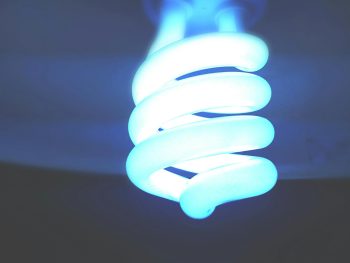In uncertain economic times, having a solid financial strategy becomes more important than ever. Recently, I watched Steve Chen, founder of CALLTOLEAP, share his microsavings approach on Instagram, and it struck me as particularly relevant, given the looming recession fears. His practical advice offers a refreshing alternative to the often overwhelming world of personal finance.
What caught my attention was how Chen frames microsavings not as a sacrifice but as a sustainable path to wealth building. Small, consistent actions truly do create significant results over time — a principle that applies perfectly to saving money.
Table of Contents
ToggleBreaking Down the 50/30/20 Budget
The foundation of Chen’s microsavings strategy is the 50/30/20 budgeting rule — a practical framework I’ve seen work wonders for many people. Here’s how it works using his example:
- 50% of your after-tax income goes toward needs (housing, food, utilities)
- 30% goes toward wants (entertainment, dining out)
- 20% goes toward savings and investments
For someone earning $3,000 monthly after taxes, this translates to $1,500 for needs, $900 for wants, and $600 for savings or investments. What I appreciate about this approach is its flexibility – it works regardless of income level while maintaining proportional balance.
View this post on Instagram
Making Your Money Work Harder
Where Chen’s advice really shines is in what to do with that 20% savings portion. Simply putting money aside isn’t enough anymore – not when inflation eats away at purchasing power.
If you’re saving your money, it’s better to put it into a high yield savings account to see your microsavings grow faster.
I couldn’t agree more. High-yield savings accounts are currently offering impressive interest rates, turning passive savings into active money growth. Chen even shared how much he earns monthly from interest alone — a compelling visual reminder of compound interest at work.
For those ready to take the next step, Chen recommends opening a Roth IRA for investing microsavings. This tax-advantaged account is particularly valuable for long-term wealth building, as it allows your money to grow tax-free.
Why Microsavings Works in Any Economy
What makes microsavings so powerful, especially during economic downturns, is its psychological accessibility. When we frame saving as small, manageable actions rather than major financial sacrifices, we’re more likely to stick with it.
The beauty of this approach is its scalability. Chen demonstrated how the same principles apply whether you’re earning $4,000, $5,000, or $6,000 monthly. The percentages remain consistent while the actual dollar amounts adjust to your income level.
I believe the most valuable aspect of microsavings is how it transforms our relationship with money. Rather than viewing saving as deprivation, it becomes a regular habit – almost automatic. This mindset shift is crucial for long-term financial health.
Implementing Your Own Microsavings Plan
To put Chen’s strategy into practice, start by calculating your own 50/30/20 breakdown. Be honest about your current spending habits and identify areas where adjustments may be necessary. Remember that this isn’t about perfection but progress.
Next, automate your savings if possible. Set up direct deposits into your high-yield savings account or retirement contributions. Automation removes the temptation to spend that money elsewhere.
Finally, track your progress regularly. Watching your microsavings grow provides powerful motivation to continue. Even small increases can generate excitement when you recognize them as steps toward financial freedom.
The real power of microsavings lies in consistency over time. Economic uncertainty may come and go, but building this habit creates financial resilience that serves you in any market condition. As Chen demonstrates through his work with thousands of wealth builders, financial freedom isn’t reserved for the already wealthy — it’s accessible to anyone willing to implement these straightforward strategies.
















